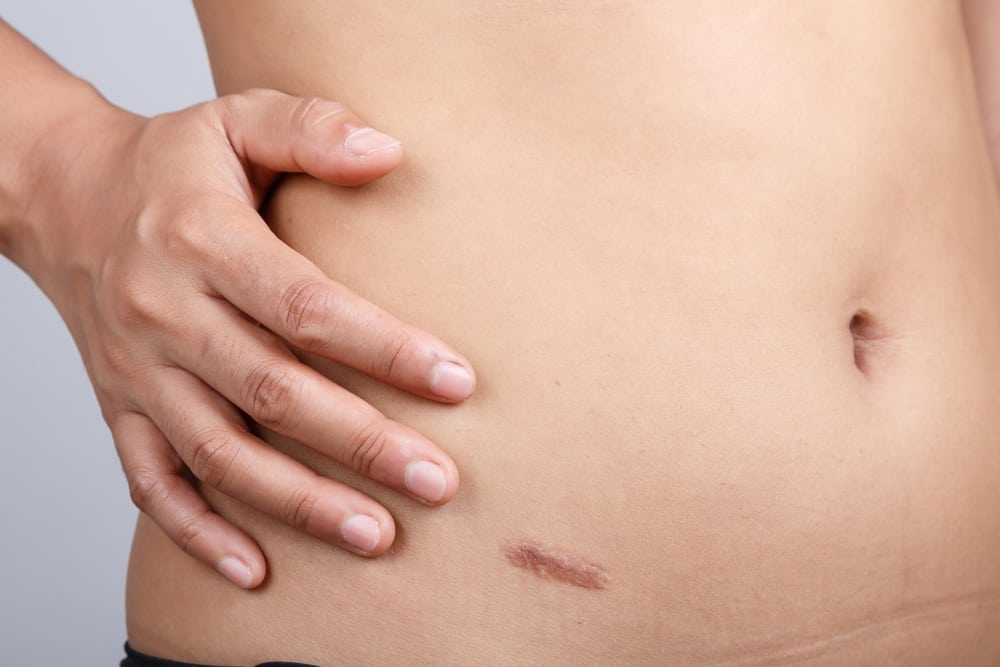Understanding Scar Revision
Scar revision is a cosmetic surgical procedure designed to improve the appearance of scars that result from traumatic injury, surgery, or other significant wounds. This procedure can be considered when scars are prominent, deeply textured, or aesthetically unpleasing, and when a previous revision has not achieved the desired results. Scar revision aims to restore the skin’s natural appearance by addressing issues such as elevation, texture, tone, and color differences.
Did You Know…?
Scars form as part of the body’s natural healing process, known as fibrosis, which occurs following an injury to the skin. Whether resulting from a traumatic accident, surgery, or other causes, the body forms scar tissue to close the wound and provide reinforcement to the affected area. While scars are a normal part of healing, their appearance can vary, and scar revision can help improve their cosmetic outcome.
Frequently Asked Questions
What types of scars can be revised?
Nearly all scars are potential candidates for revision. This includes scars from childhood injuries, traumatic accidents, and surgical procedures. While scars vary in size, shape, and texture, each one can be evaluated for revision. However, it is important to recognize that not every revision will return the skin to its original appearance; each case is unique, and outcomes depend on the type and severity of the scar.
How is a scar revision procedure performed?
The method of scar revision depends on the specific characteristics of the scar and the individual patient. Treatment options may include topical therapies, minimally invasive procedures, or more extensive surgical revisions. The surgeon will discuss the available options with the patient, considering factors such as the scar’s size, location, depth, and the patient’s overall health. The goal is to select the most appropriate technique to achieve the best cosmetic outcome.
What is the recovery period like?
Recovery from a scar revision procedure can vary depending on the complexity of the treatment. Common post-operative experiences may include some swelling, bruising, and mild soreness. Patients will be given detailed instructions on how to care for the treated area during the healing process, including guidance on managing medications and follow-up care. Adhering to these instructions is essential for achieving optimal results.
For more information about scar revision procedures, or to discuss your specific needs, please contact our office. Our experienced surgeon specializes in scar revision and can help you understand the best approach for improving the appearance of your scar. Schedule an appointment with us today!
Did You Know…?
Scars develop via fibrosis when there has been a traumatic injury to the skin. While this scar might be the result of trauma or the result of surgery, the wound healing process is actually the same. The scar tissue is the body’s response to this injury in an attempt to both close the gap and reinforce the area to prevent the body from experiencing repeated injury at that sight. Therefore, a scar is actually a completely normal response the injury.


